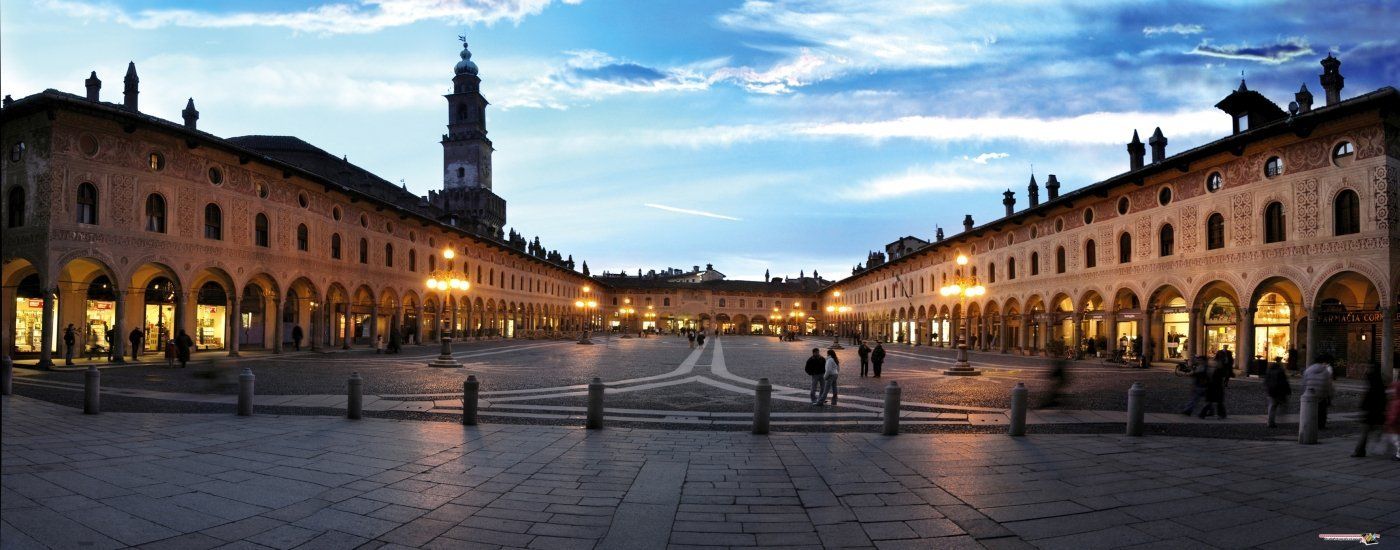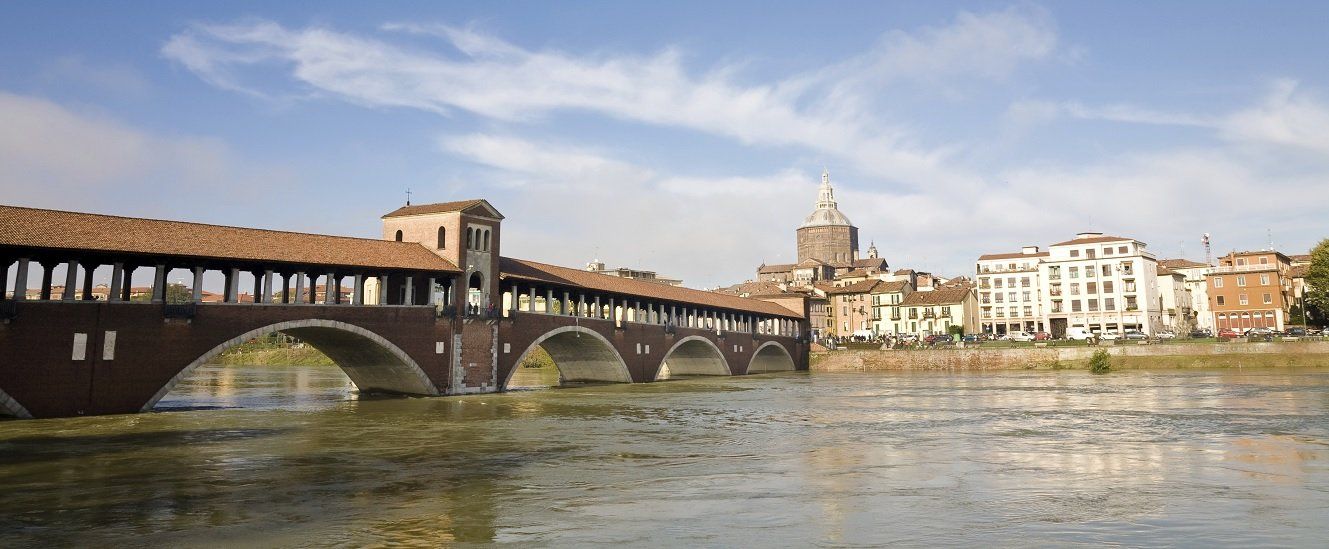Our territory
Territory
Walking in the surroundings
The routes are countless and allow visitors to appreciate historical and natural beauties. Continuing along the road adjacent to the inn, you will reach the starting point of one of the most important natural trails in the area, accessible to all visitors: The Butterfly Trail.
Exiting the gate of the "Da Carla" Inn, you find yourself in the midst of Parco del Ticino, rich with paths for walking or cycling.
Parco del Ticino
Nature at your doorstep
The Ticino Valley was designated a Biosphere Reserve in 2002 as part of UNESCO's Man and Biosphere (MAB) Programme.
The territory of Parco del Ticino consists of almost 55% agricultural areas, 22% forests, 20% urbanised areas, and 3% hydrographic networks.
The presence of a rich and varied ensemble of ecosystems, many of which are well-preserved, means that the park boasts a biodiversity heritage unmatched in the Po Valley.
The Ticino River is navigable by boats and canoes, and the trails that penetrate the park form a path of exceptional natural quality.
Leonardo da Vinci and the Ideal City: Vigevano
An ancient heart preserved intact from the Renaissance to today
Surrounded by the woods of Parco del Ticino, just 30 kilometres from Milan, Vigevano welcomes visitors with the harmony of the famous Piazza Ducale: "a symphony on four sides," according to the great maestro Arturo Toscanini.
Designed by Bramante with contributions from Leonardo da Vinci, Piazza Ducale serves as the grand entrance to the imposing castle, one of the largest in Europe, currently undergoing restoration and repurposing through exhibitions and the upcoming opening of museums.
A city of art and also a city of water, Vigevano is crossed by canals and the Ticino River, which offers glimpses and natural oases of undeniable charm.
From Ludovico il Moro to Eleonora Duse, and the writer Lucio Mastronardi, many notable figures have been born in a city still renowned worldwide for producing high-quality shoes and for its footwear industry.
Cultural Testimonies
Information Sheet VigevanoIn Vigevano, you can find various testimonies of the cultural heritage of Ludovico Sforza and Leonardo da Vinci:
- Sforza Castle, featuring the Ducal Stables, the covered walkway, and the raised walkway.
- Piazza Ducale, which recalls Leonardo's drawings of the ideal city.
- P. Bertolini International Footwear Museum, where a shoe attributed to Beatrice d'Este is preserved.
- Treasury Museum of the Cathedral, housing precious tapestries from the Sforza era produced in Brussels around 1520, included in the donation from Francesco II Sforza.
- Mulino di Mora Bassa in East Sesia, a 15th-century residence that was the meeting place for Ludovico il Moro and Cecilia Gallerani (the Lady with an Ermine), which now hosts a permanent exhibition on Leonardo's machines.
- Sforza Villa and the Colombarone (not open to visitors).
The villa, located on the outskirts of Vigevano, was the Sforza family’s agricultural estate. Here, Leonardo conducted his first studies on water ladders, later used for irrigation and land reclamation.
For more information:
Pavia and its province
deserve a visit without a doubt
The province of Pavia is rich in history and art, with its green landscapes reflected in the rice fields of Lomellina and shaped by the hills of Oltrepò.
Castles, Churches, and Certosas rise in historic villages and cities waiting to be discovered.
The province of Pavia is also known for its excellent culinary offerings: Mortara's goose salami, Lomellina rice, and Oltrepò cured meats—best enjoyed with fine wines—are just a few examples of the many products and traditional dishes cultivated and prepared with great attention to a return to nature and the recovery of tradition.











